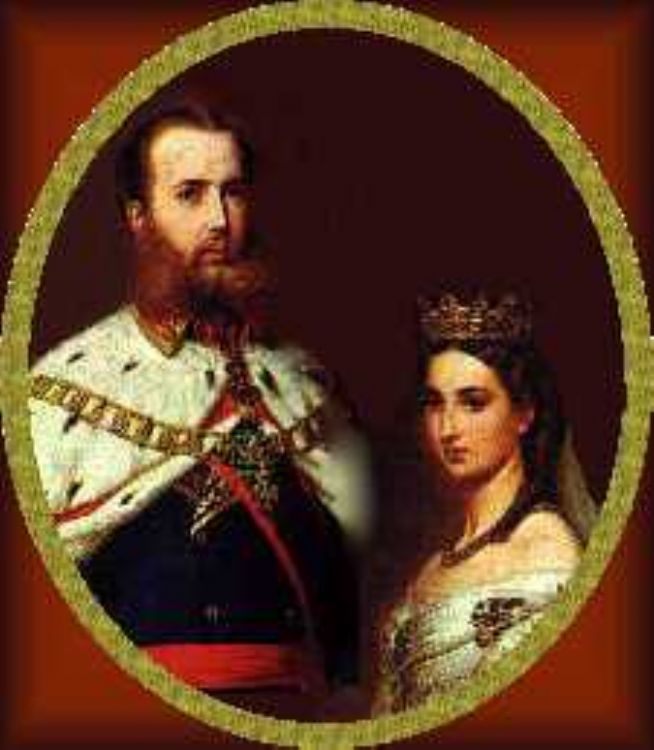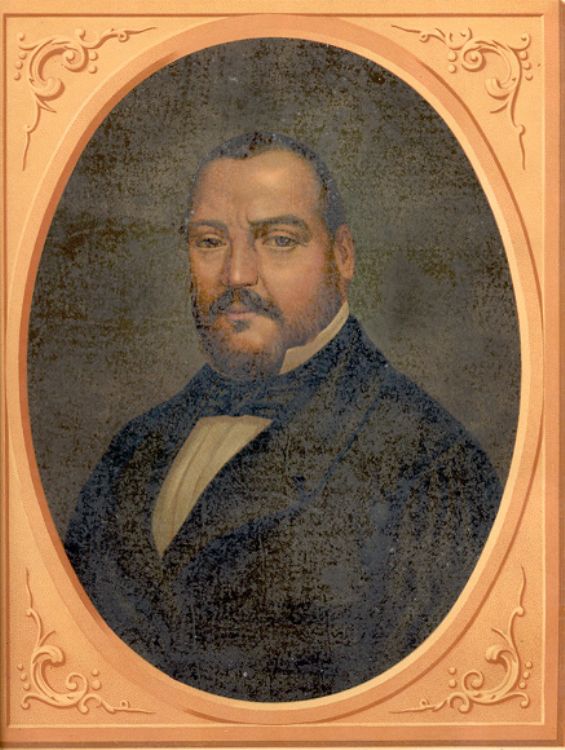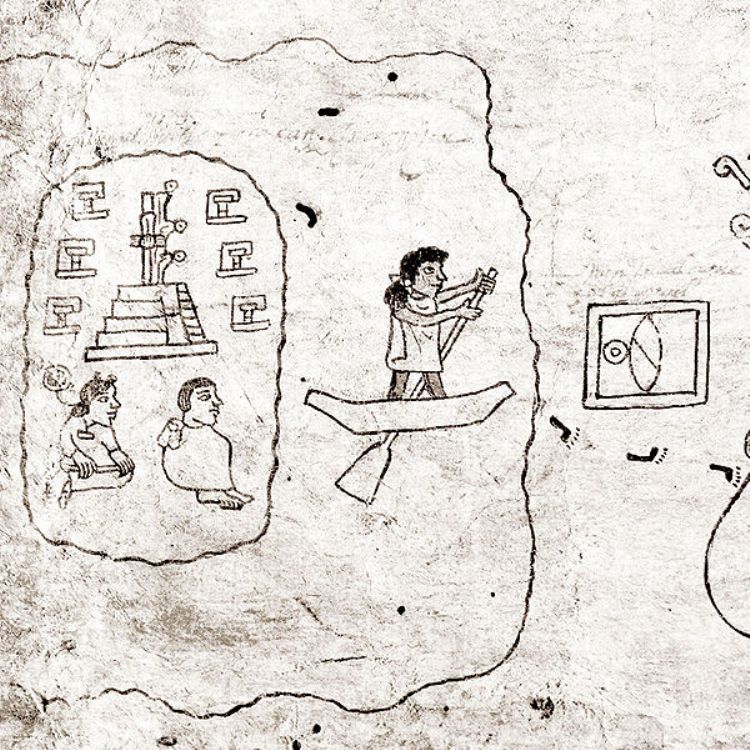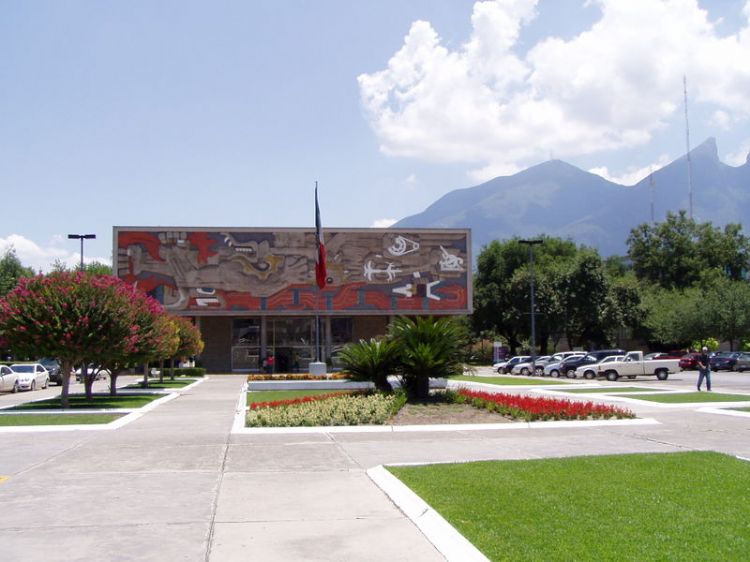The Mexican Human Genome Project
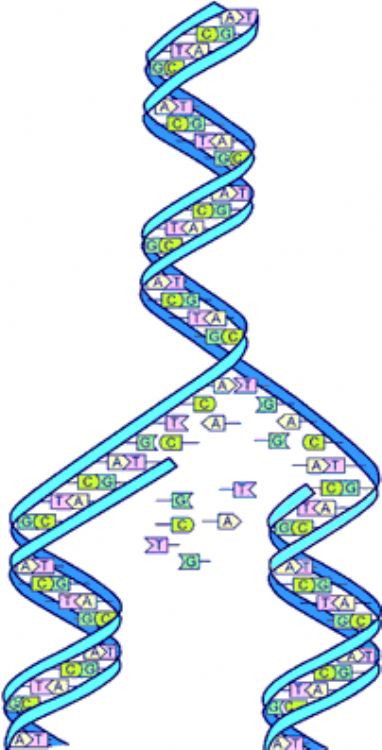
The Human Genome Project (HGP) was a collaborative program undertaken with the goal of completing the mapping and understanding all the genes of human beings. The combination of all our genes is known as âÂÂgenomeâÂÂ.
HGP was the natural culmination genetic research history. In 1911, Alfred Sturtevant concluded that in order to manage genetic information, it was necessary to map the location of every gene. He started by mapping the genes of the Drosophila melanogaster fly, whose mutations had been under observation for years.
The inheritance of all multi-cellular organisms is the famous DNA double helix that contains all our genes. The Human Genome Project deciphered three crucial aspects of DNA: its sequence, the location map of our genes in the sections of our chromosomes and maps of our hereditary traits that can be traced over many generations.
HGP has revealed there are 20,500 human genes, providing the world with detailed information on their structure, organization and function; the complete sequence was concluded and published in April 2003.
The genome can be thought of as a book with multiple uses, it is a history book, a narrative of our specieâÂÂs travels throughout time. Also, it is a manufacturing manual, with an incredibly detailed blue print for building each human cell. And most importantly, it is a Medicine textbook, with observations providing health care professionals amazing powers to treat, prevent and cure diseases.
However, the social implications of possessing the detailed genetic information that was made possible by HGP are controversial. Therefore, an important component of the Project is the analysis of the social, ethic and legal implications of genetic knowledge and the subsequent development of regulating norms.
The goals of the Human Genome Project can be outlined as:
- Identifying all genes in human DNA.
- Store the information in databases.
- Improve data analysis tools.
- Transfer these technologies to the private sector.
- Address the ethic, legal and social issues arising.
MexicoâÂÂs National Institute of Genomic Medicine concluded the Mexican human genome map by taking blood samples from 140 persons, half male and half female, from the states of Sonora, Zacatecas, Guanajuato, Yucatan, Veracruz, Guerrero and Tamaulipas. Revealing that Mexican genes are a mix of 35 ethnic groups, 65% different from the one found in Europe, Asia and Africa. The genetic composition of most Mexicans is predisposed to diabetes, cardiovascular disease and some types of cancer, specially breast, thyroid, prostate and leukemia. This discovery will derive in significant savings on public health services and the opportunity for doctors to recommend modifying the lifestyles of each patient in order to delay the appearance of diseases according to the genetic predisposition of each individual.
Article Produced by the Editorial Team of Explorando Mexico.
Copyright: Explorando Mexico. All Rights Reserved.
Image: DNA. United States Department of Energy.

